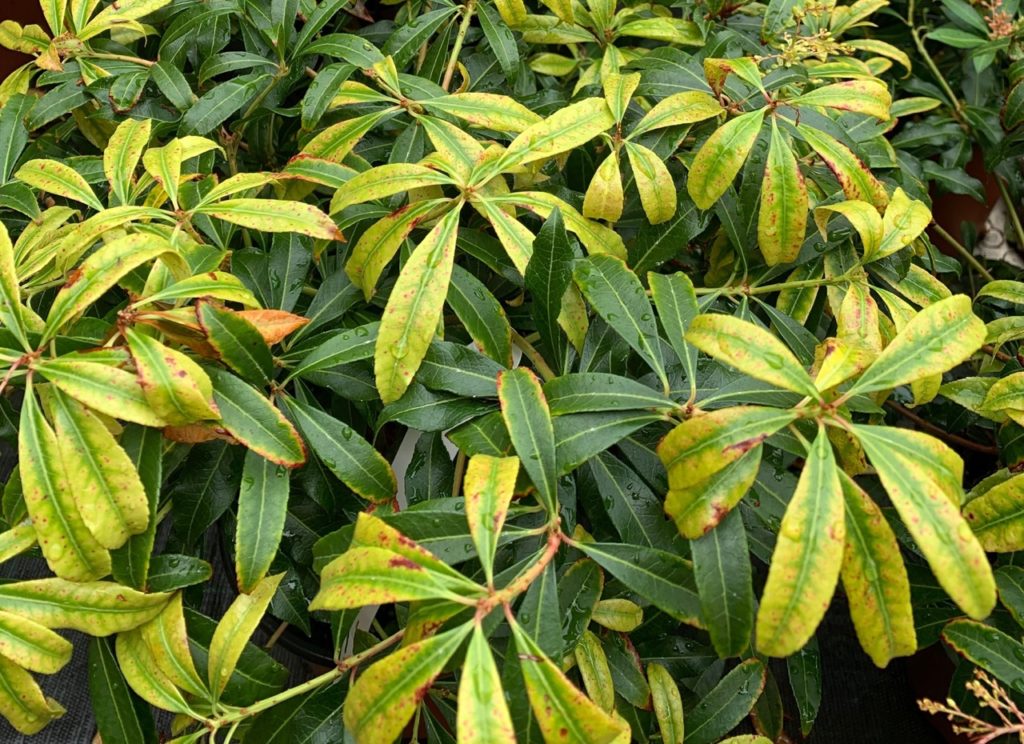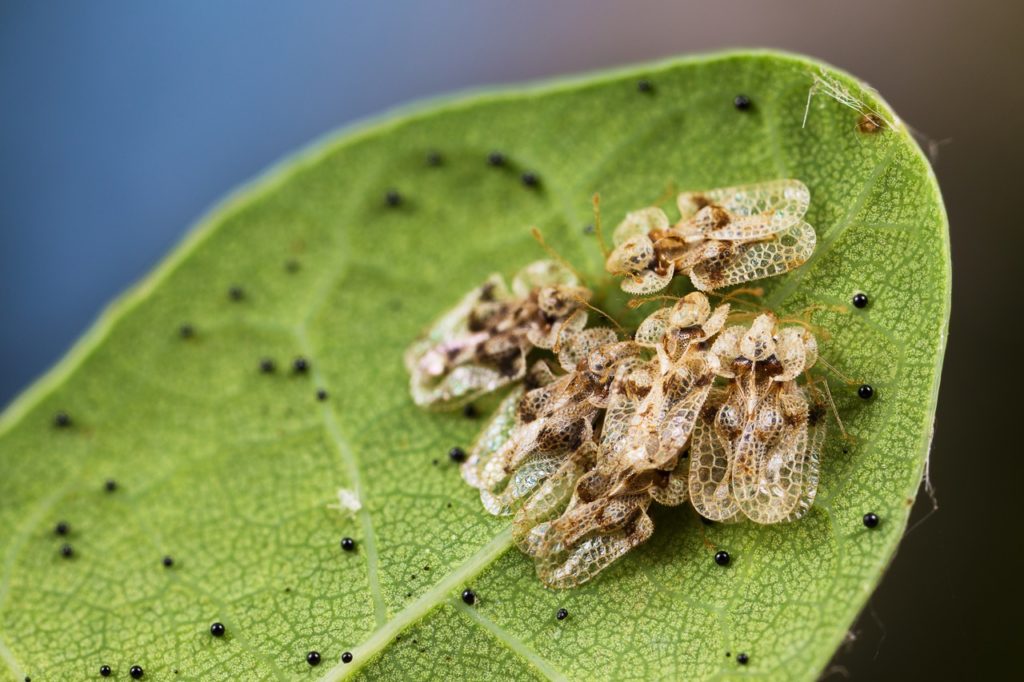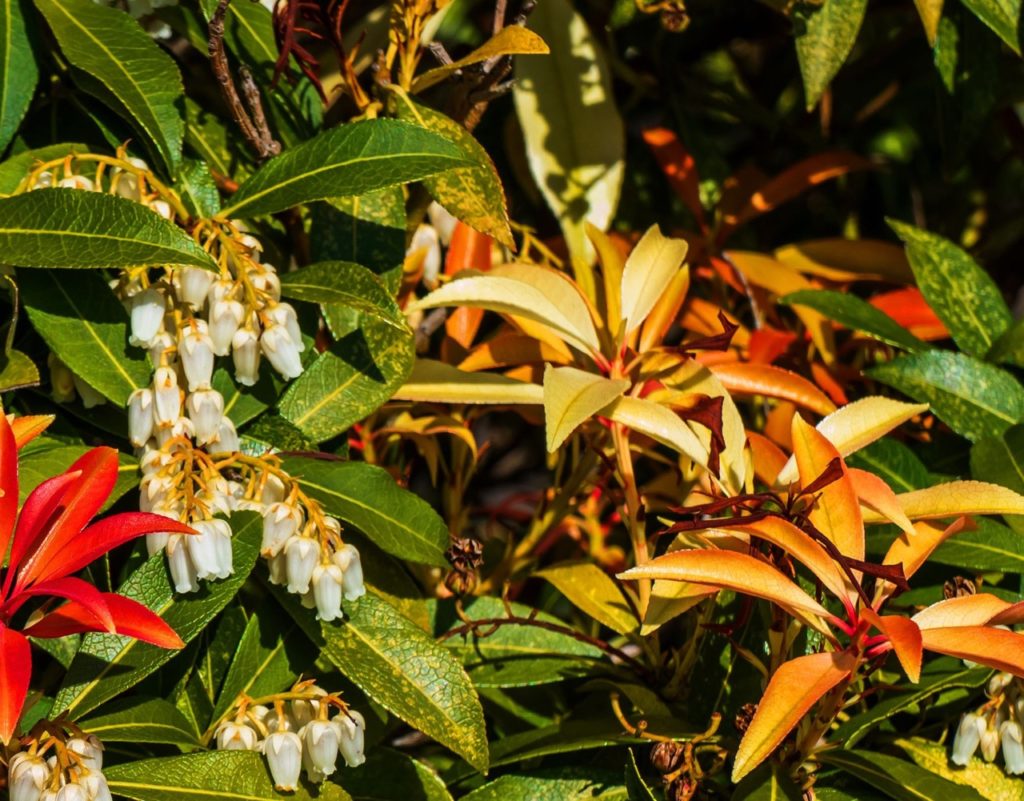These Are The Common Causes Of Issues With Pieris According To Colin Skelly

SHRUBS > PIERIS > PROBLEMS

Elizabeth is a Permaculture Garden Designer, Sustainability Consultant and Professional Writer, working as an advocate for positive change. She graduated from the University of St. Andrews with an MA in English and Philosophy and obtained a Diploma in Applied Permaculture Design from the Permaculture Association.
Reviewed By COLIN SKELLY

Colin is a Horticulturist and Horticultural Consultant with experience in a range of practical and managerial roles across heritage, commercial and public horticulture. He holds the Royal Horticultural Society’s Master of Horticulture award and has a particular interest in horticultural ecology and naturalistic planting for habitat and climate resilience.
IN THIS GUIDE
PIERIS GUIDES
Common Problems
Container Growing
Forest Flame
Japonica
Pruning
Varieties
Pieris are generally fairly easy and low-maintenance shrubs to grow, as long as they are provided with the right environmental conditions.
“Most problems with Pieris health that I have seen are due to them being planted in either insufficiently acidic soil or a lack of drainage (or both),” shares Colin Skelly, a Master Horticulturist.
“If your soil is not naturally acidic, trying to amend it is a never-ending battle with the underlying conditions. It is better to grow Pieris in a container using ericaceous compost.”
However, there are some signs to look out for that indicate that there is some kind of problem, such as:
- Yellow or pale leaves.
- Brown spots on leaves.
- Poor growth or a general lack of flowering.
Below, we will take a look at some of the most common causes for these symptoms and help you work out what problem or issue you might be dealing with when growing Pieris.
1) Yellow Leaves
Yellow or pale leaves on pieris plants can be caused by a number of different problems.
Yellow leaves are sometimes caused by too much direct sun.
When plants are not in dappled or partial shade, leaves can turn yellow in the bright sunlight and should be moved to a more shaded spot.

Yellow leaves can also develop due to problems with the soil or growing conditions.
The soil may not be sufficiently acidic, which may be causing poor nutrient uptake that results in the yellowing of the leaves.
Root issues may also mean that plants are not getting the nutrients they need.
Pale and bleached-looking leaves can also be caused by lace bugs, which are present in southern parts of England but can be found elsewhere.

Pieris lace bugs, also known as andromeda lacebugs, can be seen on the underside of leaves that look pale and mottled on top.
They are sap-sucking insects which can cause leaf drop if the infestation is heavy enough.

Tolerate populations in small numbers and encourage natural predators like birds, ladybirds and ground beetles in your garden to keep the number of these and other sap-sucking insects down.
A Pieris will be able to tolerate a small infestation, but you should prune heavily infested ones.
A selection of organic and synthetic pesticides can be used to remove infestations, but be careful not to apply them while your plant is flowering.
Such chemicals will cause harm to any pollinating insects that visit your garden, so use them sparingly and always outside of flowering seasons.
2) Brown Spots
Brown spots are commonly a sign of a fungal issue on a Pieris shrub.

Fungal leaf spot and other fungal issues are most likely to arise where there is overcrowding, poor airflow and where humid or waterlogged conditions prevail.
Brown leaves may also be a sign that the plant has not received enough water, which is more common when growing Pieris in pots.

Remove affected material as soon as possible to prevent fungal issues from spreading.
3) Poor Growth
If your Pieris grows poorly or does not flower, this is often a sign that it is not happy in its current location.
This might be due to the soil not being acidic enough, a problem with water availability or because a container plant has outgrown its pot.
Address any potential problems with environmental conditions and care, and you should be able to avoid many of the most common issues and keep your pieris happy and healthy for a number of years to come.
